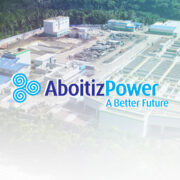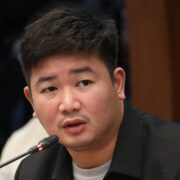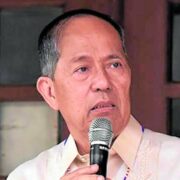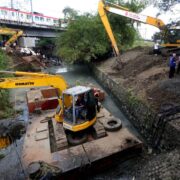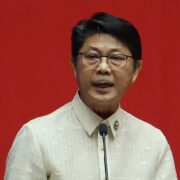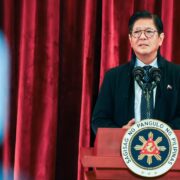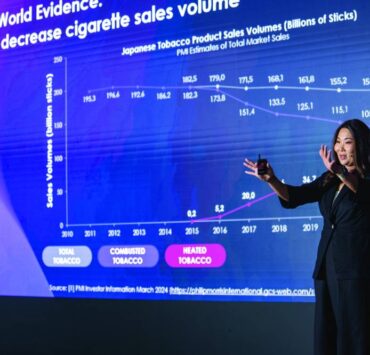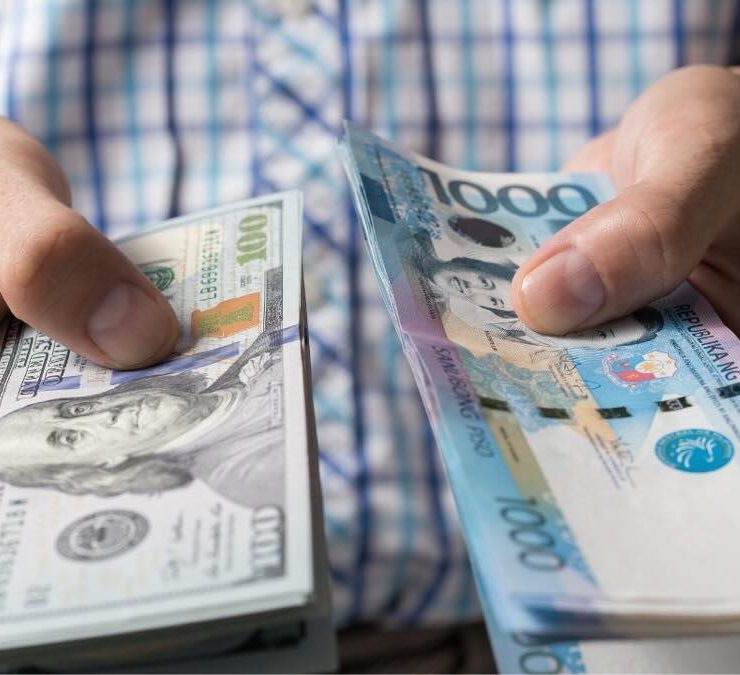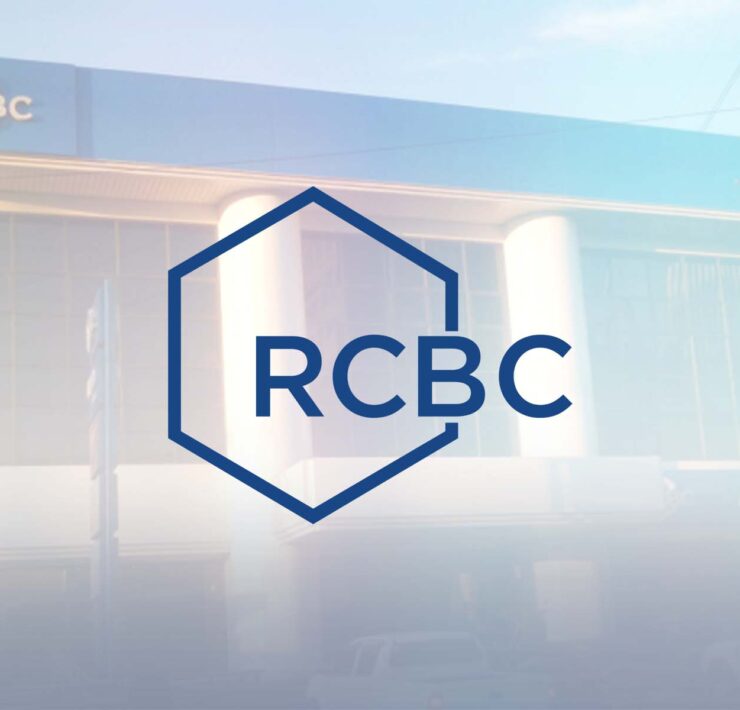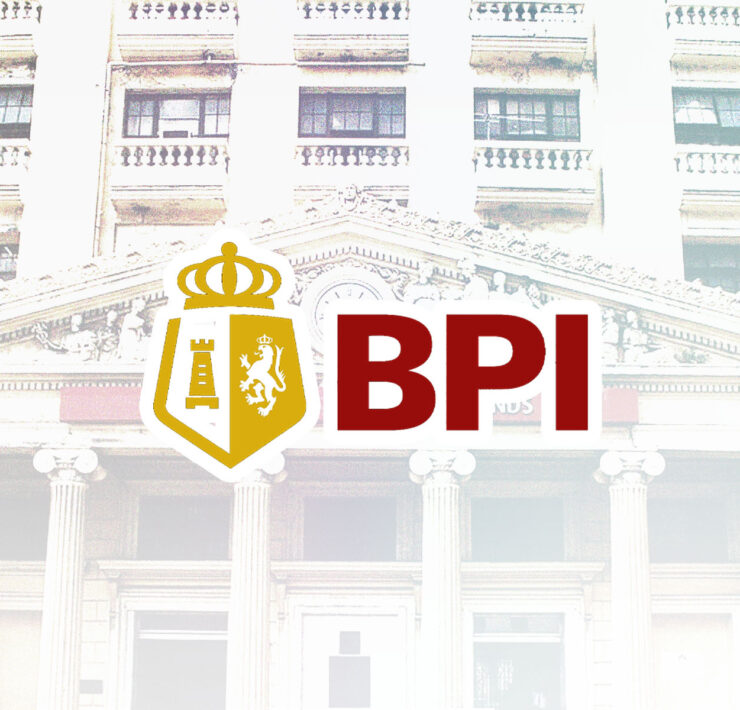‘1% plus plus’: Understanding the Philippine-US tariff talks
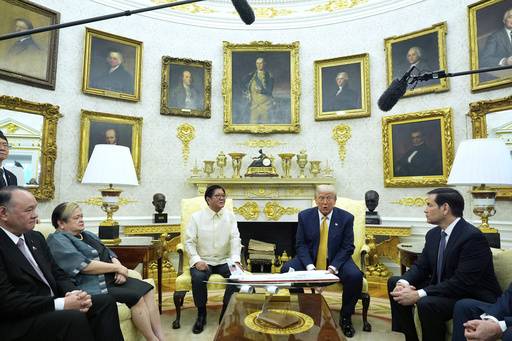
First things first: Was it really just 20 percent to 19 percent tariff reduction? No. Effective tariffs on Philippine exports were just at 6.65 percent, thanks to exemptions negotiated prior to President Marcos’ visit. That was the second lowest in the Association of Southeast Asian Nations (Asean) next to Malaysia.
The Philippines tasked a high-level delegation headed by Special Assistant to the President for Investment and Economic Affairs Secretary Frederick Go as early as April, right after the initial tariff adjustments were announced, helping ensure that the tariffs did not affect most of our products. We were among the first to do this in Asean.
US President Donald Trump further expanded the already favorable Annex II of exemptions, practically exempting the entire Philippine semiconductor export sector from the “reciprocal tariffs.”
After Mr. Marcos’ visit, effective rate was reduced further to just 6.3 percent (versus Indonesia at 12.4 percent), despite having little room for downward adjustment.
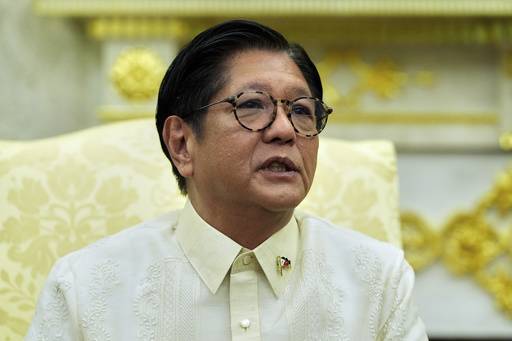
The 19-percent headline rate can be deceiving.
Only around 31 percent of Philippine exports are subject to the 19 percent tariff. The rest —products under electronics, wood, metals, fuels and chemicals—are subject to preferential tariff rates already existing under multiple trade agreements because of exemptions under Annex II of Executive Order No. 14257 of April 2, 2025, as amended.
In other words, there wasn’t much to reduce, so the discussions during President Marcos’ visit had to go beyond trade. Treat the 1-percent reduction as a side-gesture, on top of many other concessions given by the US (1 percent plus plus).
While our goods trade surplus looks small, figure hides our additional trade surplus in services with the US.
In 2023, the US imported $6.6 billion in services from the Philippines, while exporting only $2.9 billion to the Philippines—resulting in a US services trade deficit of $3.7 billion, or a Philippine surplus of the same amount. This makes the Philippines one of the few Asean economies with a US services surplus. If this was taken into account, our surplus would have been closer to Indonesia’s.
As most exports are Annex II exemptions, we now have the second-lowest effective Trump tariff rates in Asean, up from fourth.
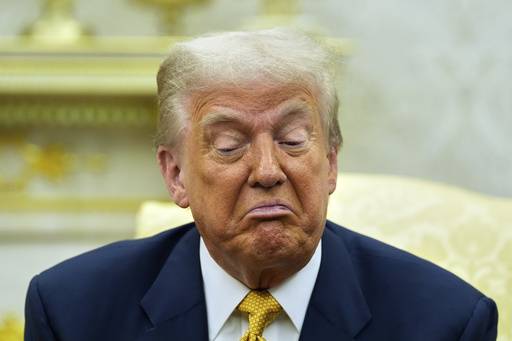
Whom do we need to shield?
The $1.4-billion food products and vegetables sector (mango, banana, coconut, abaca); $6-billion leather goods, $6-billion textiles and $50-million footwear industries will be the hardest-hit sectors.
What can we do? Use the rule-making power of the upcoming Livestock, Poultry and Dairy Law as leverage for quid pro quo.
Instead of the Philippines aligning with European Union standards as part of European Free Trade Association talks, we will calibrate our Sanitary and Phytosanitary Import Clearance rules so that antibiotic-heavy US beef is still allowed into the Philippine market.
The law directs us to be stronger on biosafety. However, for the sake of the trade partnership, we will not impose genetically modified organism restrictions on US corn and soybean exports.
Leather goods (e.g. Michael Kors) and textiles export (e.g. Texas-based AstroTex) sector has significant US investment. We can contact these investors to lobby their government to keep tariff rates low for countries whose exports have significant US beneficial ownership
What other deals did we get?
Defense: We got a reaffirmation of US position supporting the Philippines in the West Philippine Sea, including the clearest policy definition of mutual defense treaty.
“This pact extends to armed attacks on our armed forces, aircraft, or public vessels, including our Coast Guards, anywhere in the Pacific, including the South China Sea,” said US Defense Secretary Pete Hegseth.
This was previously wrapped under “freedom of navigation” framing by Obama/Biden administrations, casting doubt as to whether an attack on Philippine forces that does not risk “freedom of navigation” was covered by US commitments.
This allows us to access additional funding in the Trump administration’s “Big Beautiful Bill,” expanding funding for our security cooperation. Lump sums that can be accessed with Hegseth’s policy affirmation include:
- $4 billion for the Indo-Pacific Security Assistance Initiative to bolster the capabilities of allies and partners such as Japan, Australia and the Philippines
- $1.2-billion Resilience Fund for Pacific and Southeast Asia: This aims to build resilience in partner states through hybrid tools: cyber capacity, port infrastructure, counter-disinformation. Subic and Palawan were mentioned in briefers to legislators as possible locations.
- $1.2-billion Munitions and Stockpile Replenishment: If the Philippines enters coproduction agreements (e.g., with US defense contractors under new Philippine legislation like the Philippine Defense Industry Development Act), it can become a secondary recipient of industrial or technical spillovers.
We got $21 billion in investment pledges, including in infrastructure, green energy and health care. There’s the acquisition of 40 percent stake of Aboitiz InfraCapital by BlackRock, as well as the $500 million investment in hospital development by Bon Secours Mercy Health. Investment in Subic ammunition plant should help supply US’s rapidly declining stocks of key ammunition, such as heavy artillery.
In technical assistance, we got: $15 million in new support for private sector development under the Luzon Economic Corridor, $48 million in additional foreign assistance and US affirmed support for relief efforts to “18 areas” affected by “habagat.”
What areas do we need to work on?
As a net exporter to the US, the Philippines stands to benefit extensively from a Free-Trade Agreement (FTA) with US.
The 1-percent tax on overseas Filipino worker remittances that Trump’s Big Beautiful Bill will impose in 2026 can be overcome. We must lobby to ensure that US branches of our banks are considered “qualified remittance transfer providers.”
We must obtain US support for key institutions being created, such as:
- Virology and Vaccine Institute of the Philippines—framed as possibly contributing to efforts similar to Trump’s Operation WarpSpeed;
- Institutional readiness for artificial intelligence (AI), especially in relation to broader cybersecurity concerns;
- The Philippine Atomic Energy Regulatory Authority—especially given US expertise in the nuclear sector; would pave the way for greater nuclear energy adoption, still the cleanest form of energy.
- Resume halted Humanitarian Assistance and Disaster Relief partnership. The Office of Civil Defense had a pending $40-million partnership with the US Agency for International Development (USAID) for disaster preparedness. This was halted due to USAID foreign funding freeze. Frame this as critical for early response and relate to safety of US troops, especially given the larger US military presence in the Philippines
Some final thoughts on grand strategy
Countries don’t trade their way into strength. They build the capacity they themselves need, become so good at it that they develop an advantage—and trade follows.
The real question for grand strategy: How will our trade, political, defense and economic relationship with the US allow us to build capacity, develop an advantage, so that we can then trade better?
We already had the ingredients to a productive relationship with the US:
- Bataan Nuclear Power Plant, with US expertise, would have enabled energy independence and could have avoided massive debts.
- Iligan Steel, with US market, would be producing $989 million in output if we did not haphazardly sell (it was making money at the time we privatized)
International Rice Research Institute, with US funding, resulted in Green Revolution and rice self-sufficiency, but varieties not as widely propagated after Marcos Sr.
But we blew it.
Don’t focus on Trump. Focus on the future.
Trump, no matter how large he may loom, is just a feature of US historical cycles.
The US goes through this every now and then (isolationist-populist), followed by an institutional rebalancing. Isolationism (America First in the 30s, McCarthyism in the 50s-60s, anti-Nafta in the 90s and now Trump) was followed by aggressive internationalism (US superpower status in the 40s, winning the space race in the 60s and Cold War victory in the 90s, and early anti-terror internationalism in the 2000s.)
It’s a 30-year cycle, in addition to the presidential cycles due to the two-party structure But we’re so rattled because the Trump era, when it ends, will have been around 10 percent of our total existence as a sovereign country.
We don’t have the long view of very old countries yet—like China, Japan, Korea or even Vietnam. But we should start learning.
Treat his term as a very temporary risk and opportunity.
Allowing him to play to his domestic audience usually results in some kind of deal for the other party.
Try to make deals that will outlast him—FTA, long-term US investments, capacity-building support and support in institution-building.
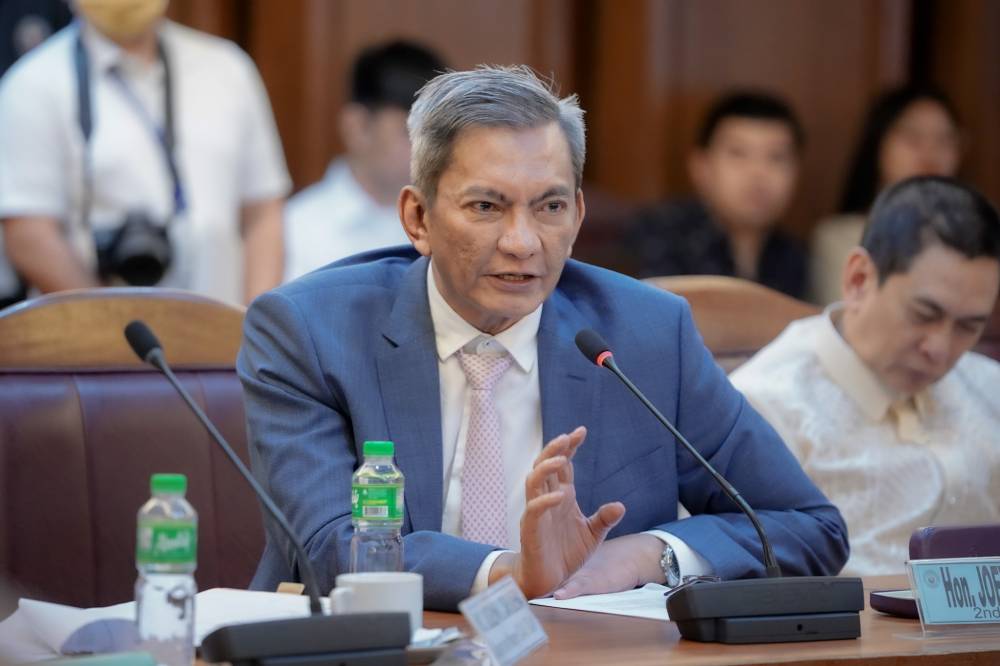
(The author is a former congressman of Albay and also previously served as its provincial governor. He also earlier served as chief of staff of President Gloria Macapagal-Arroyo. Before entering politics, he was an award-winning stock market analyst who headed the Philippine research team of UBS and ING. He currently chairs the Institute for Risk and Strategic Studies Inc./Salceda Research.)




